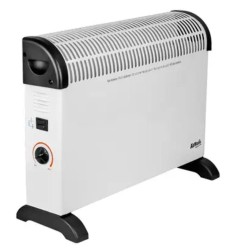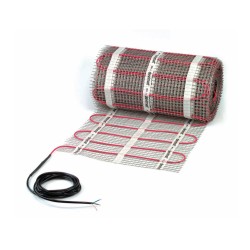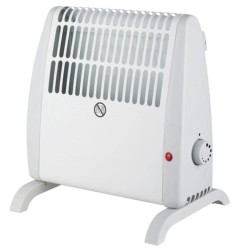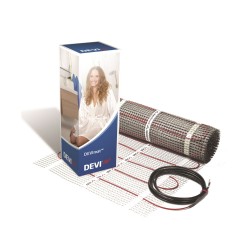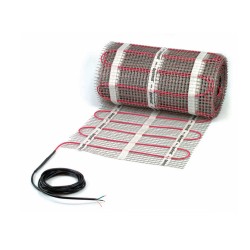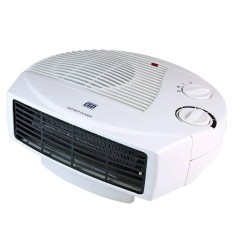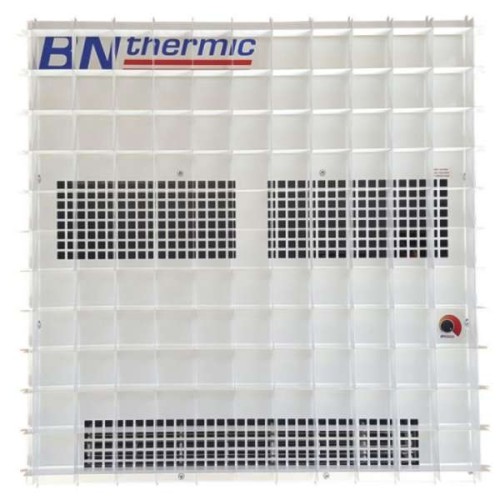
Ceiling Heaters
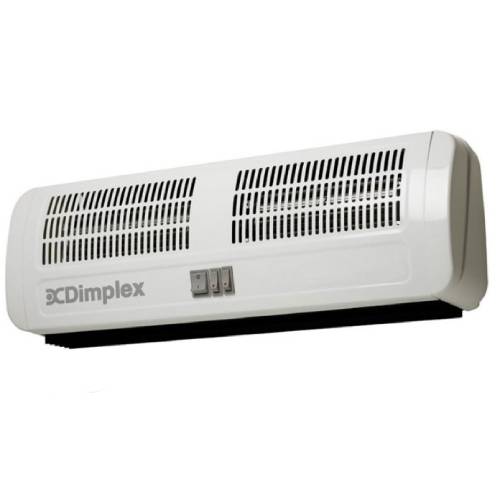
Overdoor Heaters
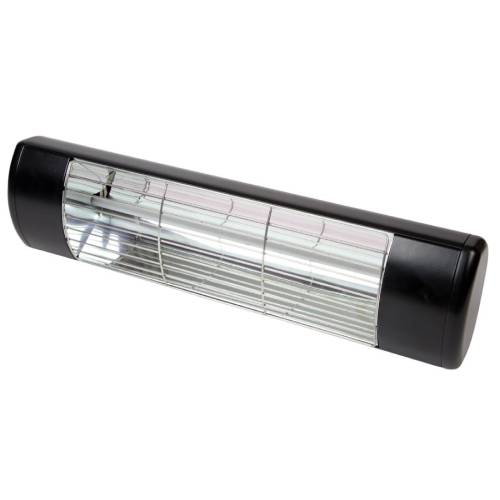
Wall Heaters
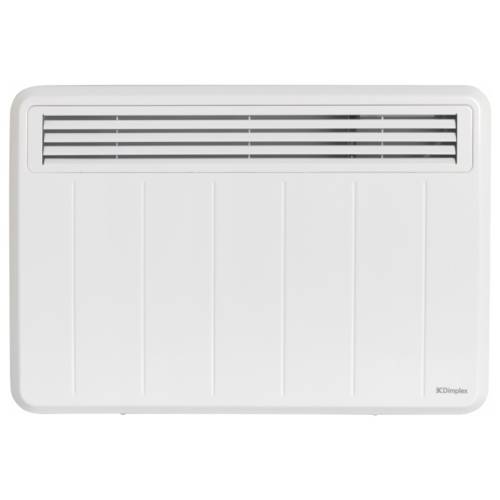
Dimplex Heaters
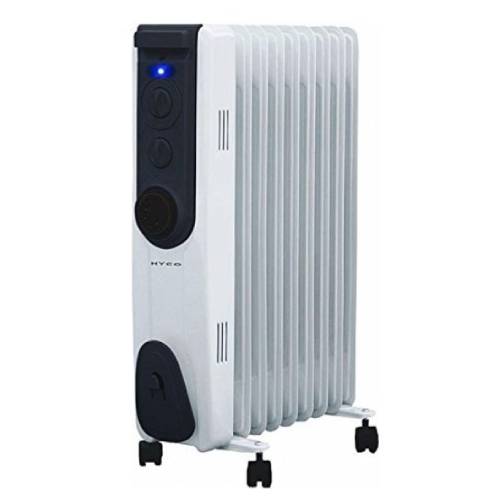
Contract Heating Solutions
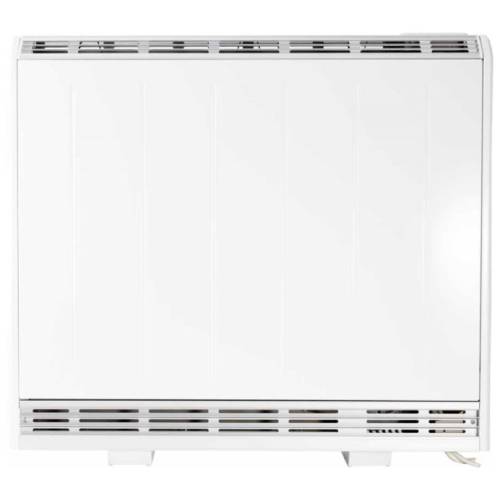
Storage heaters
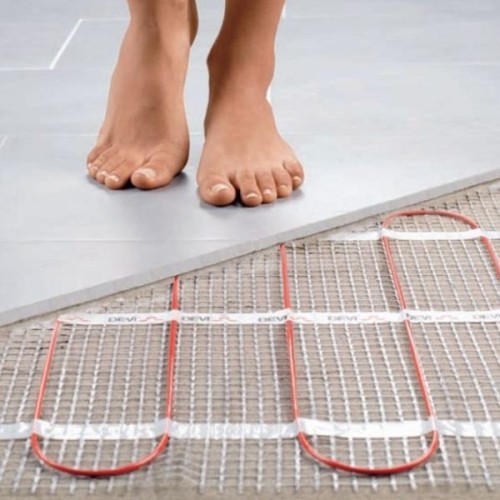
Underfloor Heaters
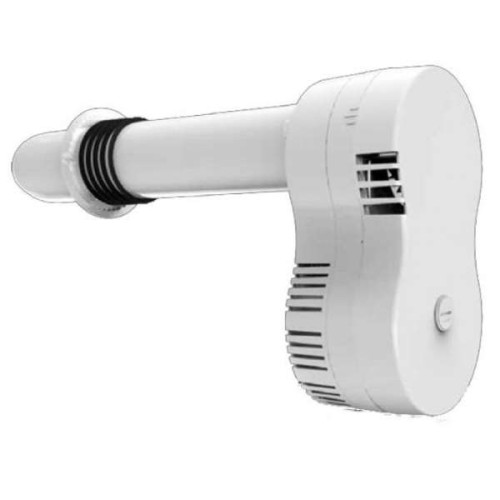
Heat Recovery Units
See more100mm HeatSava with 330mm duct Ventilation Unit, Intelligent Single Room Heat Recovery Unit Envirovent HSA100/330
This is the Envirovent heatSava HS100/330 100mm diameter intelligent single room heat recovery unit ..
Model: HS100330
£575.43 Ex. VAT
2kW Convector heater with Thermostat Floor Standing White IP20 with 1.8m Cable
Introducing the 2kW Convector heater with Thermostat Floor Standing White IP20 with 1.8m Cable avail..
Model: SCAN
£25.00 Ex. VAT
DEVIcomfort 0.50m² (0.5m x 1m) 50W Underfloor Heating Mat 100w/m2 DTIR-100 (self-adhesive mesh for Wooden Floors) Danfoss 140F1740
This is the Danfos 140F1740 - DEVIcomfort 0.50m² (0.5 x 1 m) 50W Underfloor Heating Mat 100w/m2 DTIR..
Model: 83030500
£33.41 Ex. VAT
DEVImat 0.5 m2 Underfloor Heating Mat (0.5 x 1 m) 75W for Concrete Floors DEVIcomfort 150T (DTIR) 150W/m2
This is the Danfoss 83030560 heating mat for concrete floors, a 0.5 m2 Underfloor Heating Mat (0.5 x..
Model: 83030560
£34.71 Ex. VAT
DEVImat 1.0 m2 Underfloor Heating Mat (0.5 x 2 m) 100W for Timber Floors DEVIcomfort 100T (DTIR) 100W/m2
With excellent Scandinavian design and engineering, the DEVIcomfort 100T has a slim build of of unde..
Model: 83030502
£37.43 Ex. VAT
400W Frost Watcher Floor Standing Convector Heater with Adjustable Thermostat and Safety Cut-out in White IP20
This is a 400W Floor Standing Frost Watcher Convector Heater with an Adjustable Thermostat and Safet..
Model: 500STB
£19.99 Ex. VAT
DEVImat 1.0 m2 Underfloor Heating Mat (0.5 x 2 m) 150W for Concrete Floors DEVIcomfort 150T (DTIR) 150W/m2
This is the Danfoss 83030562 heating mat for concrete floors, a 1.0 m2 Underfloor Heating Mat (0.5 x..
Model: 83030562
£39.15 Ex. VAT
DEVImat 1.5 m2 Underfloor Heating Mat (0.5 x 3 m) 150W for Timber Floors DEVIcomfort 100T (DTIR) 100W/m2
With excellent Scandinavian design and engineering, the DEVIcomfort 100T has a slim build of of unde..
Model: 83030504
£45.92 Ex. VAT
DEVIcomfort 1.5m² (0.5m x 3m) 225W Underfloor Heating Mat 150w/m2 DTIR-150 (self-adhesive mesh for Concrete Floors) Danfoss 140F1744
This is the Danfos 140F1744 - DEVIcomfort 8m² (0.5m x 3m) 225W Underfloor Heating Mat 150w/m2 DTIR-1..
Model: 83030564
£47.64 Ex. VAT
DEVImat 2.0 m2 Underfloor Heating Mat (0.5 x 4 m) 200W for Timber Floors DEVIcomfort 100T (DTIR) 100W/m2
With excellent Scandinavian design and engineering, the DEVIcomfort 100T has a slim build of of unde..
Model: 83030506
£53.62 Ex. VAT
DEVIcomfort 2.50m² (0.5m x 5m) 250W Underfloor Heating Mat 100w/m2 DTIR-100 (self-adhesive mesh for Wooden Floors) Danfoss 140F1741
This is the Danfos 140F1741 - DEVIcomfort 2.50m² (0.5m x 5m) 250W Underfloor Heating Mat 100w/m2 DTI..
Model: 83030508
£57.87 Ex. VAT
DEVImat 2.0 m2 Underfloor Heating Mat (0.5 x 4 m) 300W for Concrete Floors DEVIcomfort 150T (DTIR) 150W/m2
This is the Danfoss 83030566 heating mat for concrete floors, a 2.0 m2 Underfloor Heating Mat (0.5 x..
Model: 83030566
£58.14 Ex. VAT
100mm HeatSava with 430mm duct Ventilation Unit, Intelligent Single Room Heat Recovery Unit Envirovent HSA100/430
This is the Envirovent heatSava HSA100/430 100mm diameter intelligent single room heat rec..
Model: HS100430
£594.63 Ex. VAT
DEVIcomfort 2.5m² (0.5m x 5m) 375W Underfloor Heating Mat 150w/m2 DTIR-150 (self-adhesive mesh for Concrete Floors) Danfoss 140F1745
This is the Danfos 140F1745 - DEVIcomfort 8m² (0.5m x 5m) 800W Underfloor Heating Mat 150w/m2 DTIR-1..
Model: 83030568
£63.28 Ex. VAT
DEVImat 3.0 m2 Underfloor Heating Mat (0.5 x 6 m) 300W for Timber Floors DEVIcomfort 100T (DTIR) 100W/m2
With excellent Scandinavian design and engineering, the DEVIcomfort 100T has a slim build of of unde..
Model: 83030510
£69.07 Ex. VAT
2kW Floor Fan Heater with Thermostat in White with Ovearheating Protection
This is a 2kW Floor Fan Heater with Thermostat in White with Overheating Protection available at Spa..
Model: 3105
£16.66 Ex. VAT





